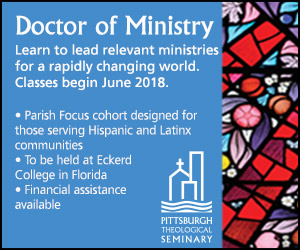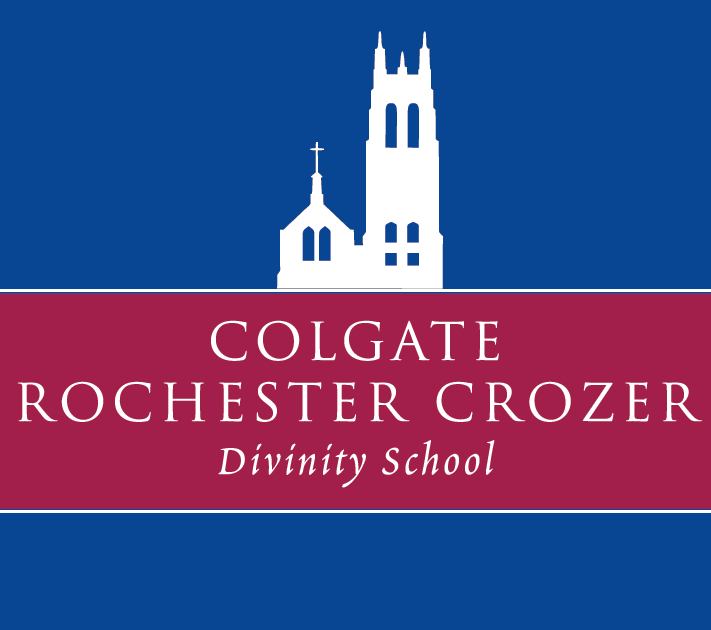Best practices: During February, March, and April, 2012, the New Media Project bloggers looked intentionally at new media “best practices.” Today, we continue. Join the conversation: What are the new media best practices in your church or organization? What are some other examples of how communities engage in new media well? Tell us in the comments below.
When I first traveled to the Washington, D.C., area to do a case study of Community of Hope AME Church (COH) in Prince George’s County, MD, I expected to see a church of people age 35 and under. After all, I had watched worship online and danced to a gospel song with a D.C. go-go beat from the comfort of my kitchen. The church website includes the words “hiphop” and video games. I was following the pastor on Twitter and had liked both the pastor’s Facebook page, and the church’s. The pastor, Tony Lee, is well known as both a social activist and a radio personality—sporting a distinctive cornrowed hairstyle and casual clothing during worship. Research on megachurches like COH indicates that they tend to have young memberships with a median age of 38 or less. A church this new-media-savvy had to be composed of young people.
My first event with COH was a church picnic that looked like every other church picnic I’ve attended in my life: DJ, bouncy thing for kids, homemade food on long tables, people playing football on a nearby field. Grandparents, children, teens, young adults, couples, singles … everybody.
I had to wonder: how does a church so in touch with new media manage to have people from every generation in the congregation? And how does this match up with what I’ve said about black churches and new media?
In a previous blog post, I suggested that black churches should use social media differently because African Americans use new media and social media differently than the wider public. I wrote about the importance of having technology that is mobile-device friendly and the reasons for putting energy into Twitter.
Let’s be real, though; there’s probably a generation gap here. My mother barely uses Facebook (and mainly to keep up with me) and has a Twitter account, but she would never spend enough time on her cell phone or laptop to follow people or post frequently.
Every church engaging new media has to ask itself if it’s catering only to the tech-savvy members. While I won’t go on the record saying that there’s an inverse relationship between age and use of new media, it is fair to say that there are probably demographics of people who go to church who are not engaging in or active in social media outlets.
I quickly learned that COH’s use of new media is well mixed with its use of “old media.” COH still holds bake sales after church, distributes paper handbills announcing Bible study, and gives out bottles of water at a busy intersection on a hot day. They didn’t abandon “old media” in their adoption of new media.
I’m not sure this is a black church thing, but I know that when I go to a black church, I still want to see senior citizens who know spirituals and hymns, answer to the title “Mother” or “Deacon,” and who can give a good word of long-lived wisdom when I need it. I suspect that using only new media for communication would alienate a good portion of this demographic. If a black church wants to keep the best of its tradition and today’s and tomorrow’s generation, they would do well to follow COH’s example of using both old and new forms of media.
Monica A. Coleman, a research fellow for the New Media Project, serves as Associate Professor of Constructive Theology and African American Religions and Co-Director of the Center for Process Studies at Claremont School of Theology and Associate Professor of Religion at Claremont Graduate University in southern California.
The New Media Project at Union Theological Seminary is a research project helping religious leaders become theologically savvy about technology.
Reposted with permission. Copyright 2012 New Media Project at Union Theological Seminary


















